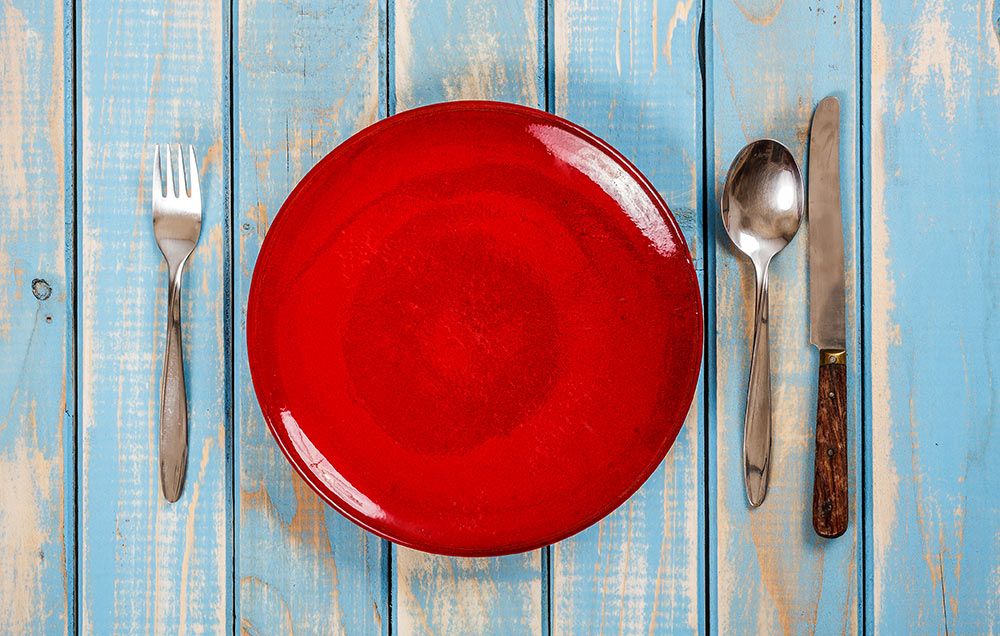How can you eat less fattening food and more healthy food? Eating is a psychological behavior. We can focus on carbs, protein, meal timing, and the many other factors regarding what and when you eat. But let’s consider the why. What hidden influences are driving you to consume too much or too little? And how can you hack these to use them to your advantage? These are the five best diet hacks.
DIET HACK #1: PLATING
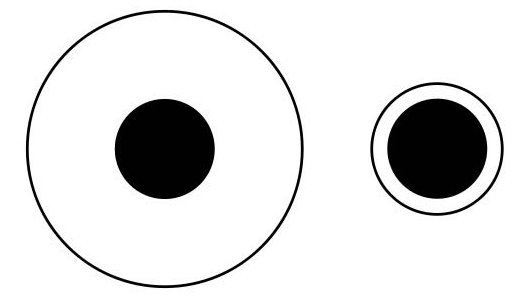
The same amount of food is perceived to be greater on small plate than a big one. One study found that buffet diners who used big plates took 52% more and ate 45% more than those with small plates. The explanation was the Delboeuf illusion: a dot surrounded by a small circle appears bigger than an identical dot in a big circle. Last year, this finding was questioned by another study, which showed that hungry people more accurately assessed food portions, regardless of plate size. The press jumped on this as a Delboeuf debunking. Nope. You can’t entirely override hunger with an optical illusion, but the premise holds, especially if you’re eating frequently as opposed to when hungry.
HACK: To eat less, use smaller plates and bowls. Reverse this to eat more. You can use different sizes for different foods in the same meal: a small bowl for mac and cheese and a big one for a salad with grilled chicken.
DIET HACK #2: FORKLIFTING
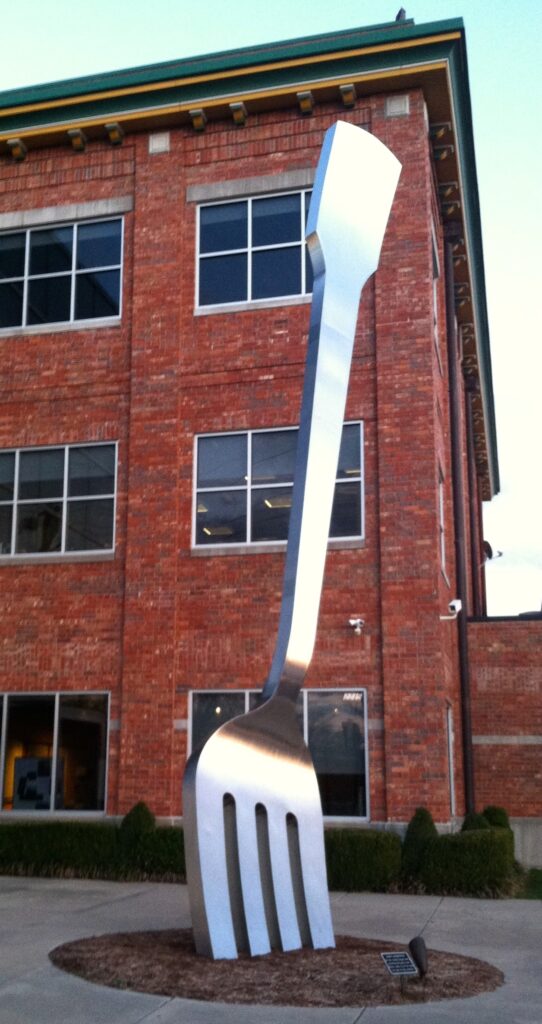
The big plate effect reverses with forks. In a study, participants in an Italian restaurant ate less (leaving nearly twice as much on their plates) when they used a fork 20% larger than normal than when they ate with a fork 20% smaller than normal. The researchers concluded: “When people have a well-defined hunger goal to satisfy and put forth effort to reach the goal, they consume more from a small fork rather than from a large fork. The bite size becomes the medium that helps them satisfy their goal and also influences quantity consumed. The small fork gives a feeling that they are not making much progress in satiating their hunger, which results in more consumption compared to when they have a large fork.”
HACK: Use a big fork to limit your eating of junkier food (mac and cheese) and a small fork when loading up on nutritious food (salad with grilled chicken).
DIET HACK #3: COLOR CODE
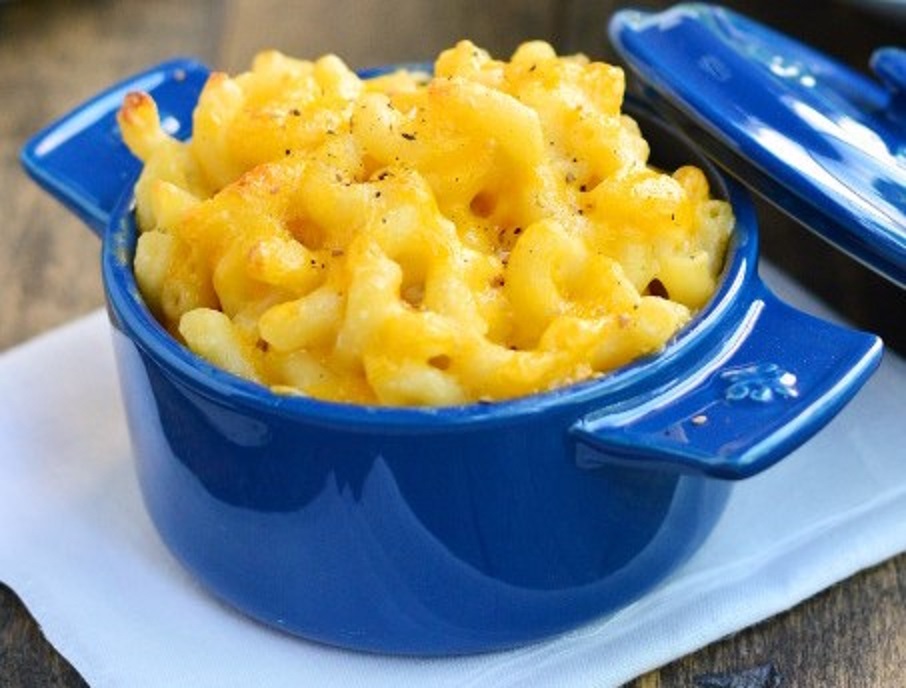
Color matters too. A study using white and red plates and pasta with white (Alfredo) and red (tomato) sauces discovered that buffet diners served themselves 22% more pasta when the plate color corresponded to the food color as opposed to when the plate contrasted. Another study, which showed subjects ate about 17% more food off red or black plates than white plates, was again largely attributed to the food corresponding better to the colored plates.
HACK: Use dinnerware that contrasts with a junkier food (mac and cheese in a blue bowl) and corresponds to a healthier food (salad in a green bowl).
DIET HACK #4: STAND UP

A new study, which used pita chips and brownies, discovered that people’s taste buds are muted when standing. They therefore eat less of tasty foods and can better tolerate bad-tasting foods (as when the brownies were spiked with a salt overload). The researchers concluded: “Standing (vs. sitting) postures induce greater physical stress on the body, which in turn decreases sensory sensitivity. As a result, when eating in a standing (vs. sitting) posture, consumers rate the taste of pleasant-tasting foods and beverages as less favorable, the temperature intense, and they consume smaller amounts. The effects of posture on taste perception are reversed for unpleasant-tasting foods.”
HACK: Eat junkier food, like cookies, while standing to mute the taste. And if there are healthy foods you don’t like the taste of, try eating them while standing, as well.
DIET HACK #5: GO OFF-HANDED
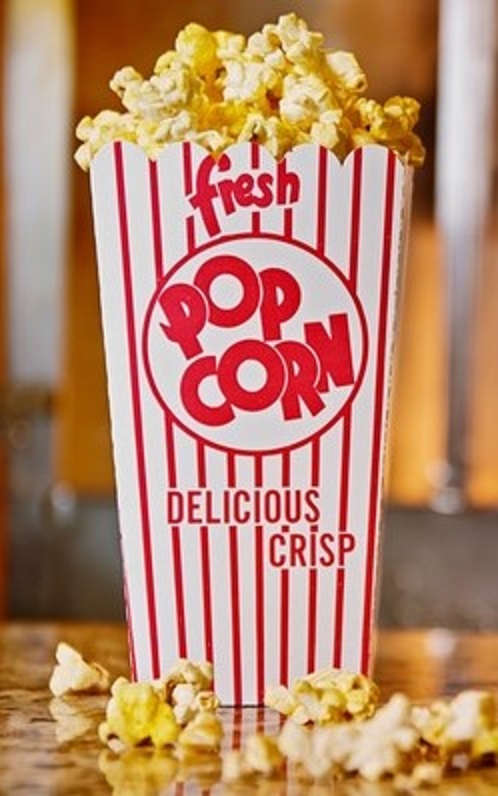
It’s too easy. When you’re in a movie theater with a bag of popcorn (probably popped in high-fat oil), you’ll just mindlessly keep feeding yourself. However, a study demonstrated that when people switch to their nondominant hand (left if you’re righthanded) they consumed about 30% less popcorn in a theater than those who used their dominant hand. No longer on autopilot, they slowed down and focused more on each additional mouthful. One of the authors of the study said, “It’s not always feasible for dieters to avoid or alter the environments in which they typically overeat. More feasible, perhaps, is for dieters to actively disrupt the established patterns of how they eat through simple techniques, such as switching the hand they use to eat.”
HACK: To limit your consumption of junkier foods—like potato chips, French fries, and candy—switch to your nondominant hand.



































